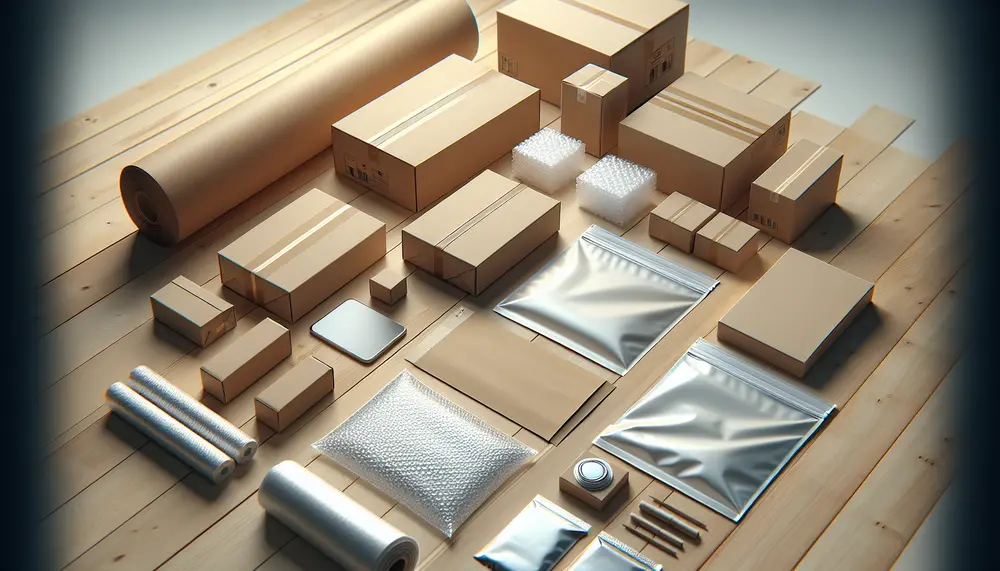Recyclable
Recyclable
Recyclable
In the world of packaging, the term recyclable is very important. It refers to materials that can be processed and used again. This helps reduce waste and conserve resources.
Why Recyclable Packaging Matters
Recyclable packaging is crucial for the environment. It reduces the amount of waste that ends up in landfills. By choosing recyclable materials, companies can also lower their carbon footprint.
Common Recyclable Materials
Many materials used in packaging are recyclable. These include paper, cardboard, glass, and certain types of plastic. Each material has its own recycling process.
How to Identify Recyclable Packaging
Look for the recycling symbol on the packaging. This symbol indicates that the material can be recycled. Some packages also provide specific recycling instructions.
Benefits of Using Recyclable Packaging
Using recyclable packaging has many benefits. It helps protect the environment and saves natural resources. It also supports a circular economy, where materials are reused instead of discarded.
Challenges with Recyclable Packaging
Not all recyclable materials are easy to process. Some require special facilities or processes. Additionally, contamination can make recycling difficult. Proper sorting and cleaning are essential.
Conclusion
Recyclable packaging plays a key role in sustainable practices. By understanding and using recyclable materials, we can make a positive impact on the planet. Always check for the recycling symbol and follow guidelines to ensure proper recycling.
Blog Posts with the term: Recyclable
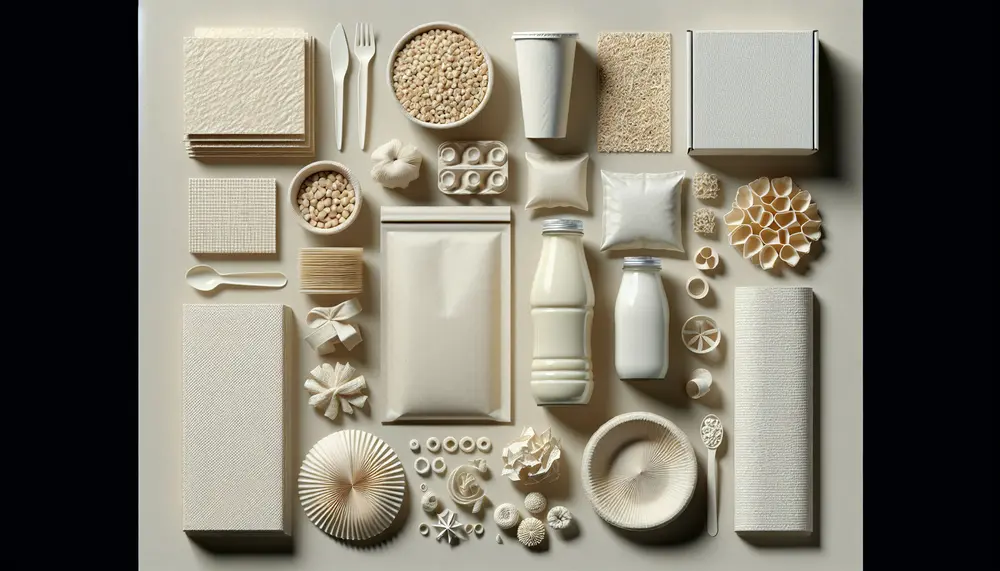
Cornstarch is a biodegradable, eco-friendly alternative to traditional packaging materials, offering similar functionalities with less environmental impact. It's used in various industries for products like containers and bags, reduces reliance on fossil fuels, and supports climate change efforts by emitting...
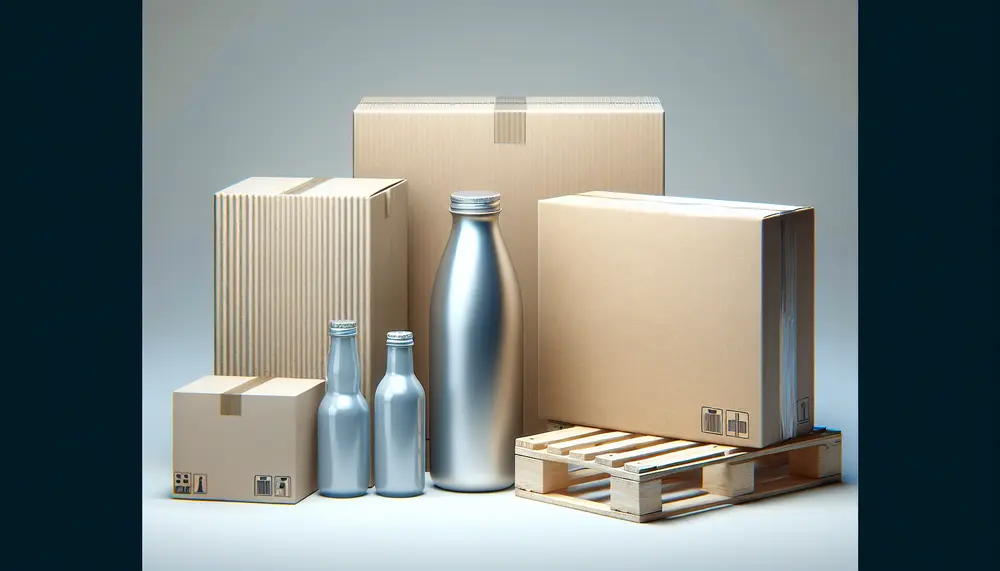
Packaging levels refer to the layers of packaging used from production to consumer, including primary (direct product contact), secondary (grouping and branding), and tertiary (bulk handling). Each level serves distinct purposes in protection, marketing, transportation, and regulatory compliance....
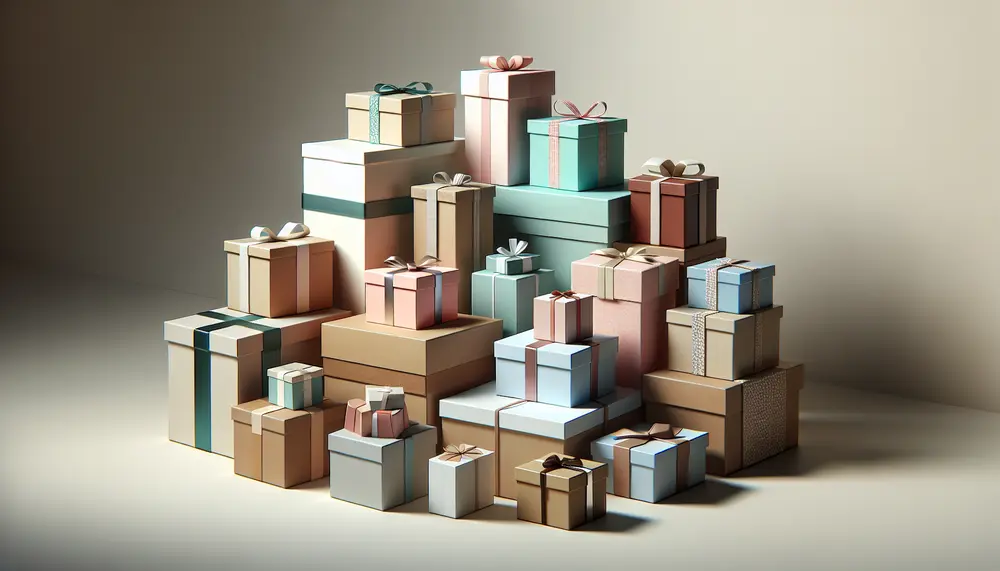
Unique packaging designs enhance gift boxes by creating memorable unboxing experiences and reflecting the giver's care. Personal touches, eco-friendly materials, and innovative design elements can elevate both personal gifts and brand identity. Creative packaging for gifts makes a strong first impression,...
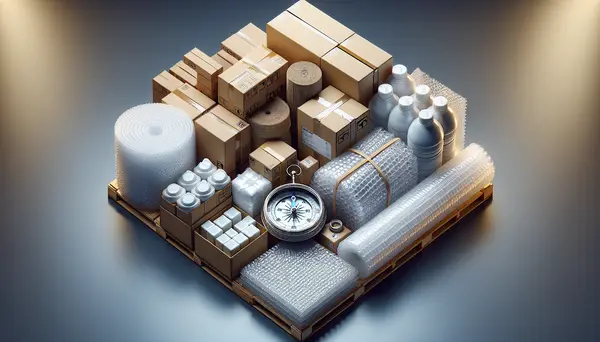
Packaging regulations are crucial for businesses involved in the manufacture, distribution or sale of packaged goods. They protect consumers and support fair competition by governing every aspect of packaging from design to label information. Compliance with these rules is essential...
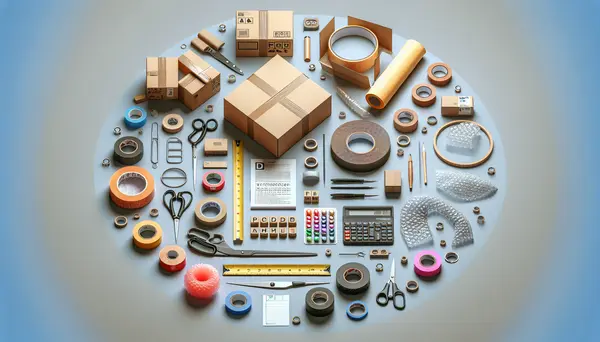
Packaging design is a process of creating exterior product protection and communication tool that encapsulate a brand's identity, conveys essential information about the product, and influences consumer purchasing decisions. Designers should prioritize clarity and simplicity, emphasize originality, ensure functionality, design...
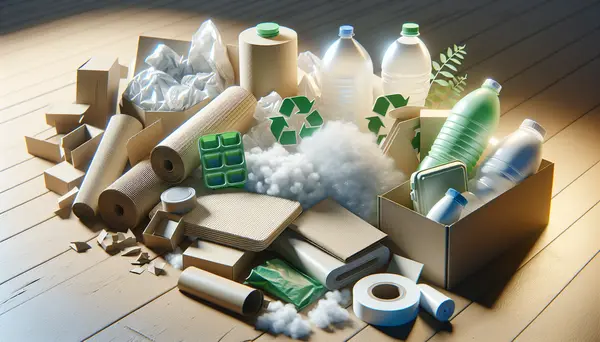
Sustainability in packaging design is a crucial issue that focuses on environmentally friendly practices and materials throughout the packaging process, with the goal of reducing environmental impact. It entails using the three Rs - reduce, reuse and recycle - to...

The Kenyan packaging market is valued at around $585 million, driven by sectors like agriculture and manufacturing which contribute to the GDP; growth in consumer demand has led to innovations such as small affordable packages and a shift towards sustainable...
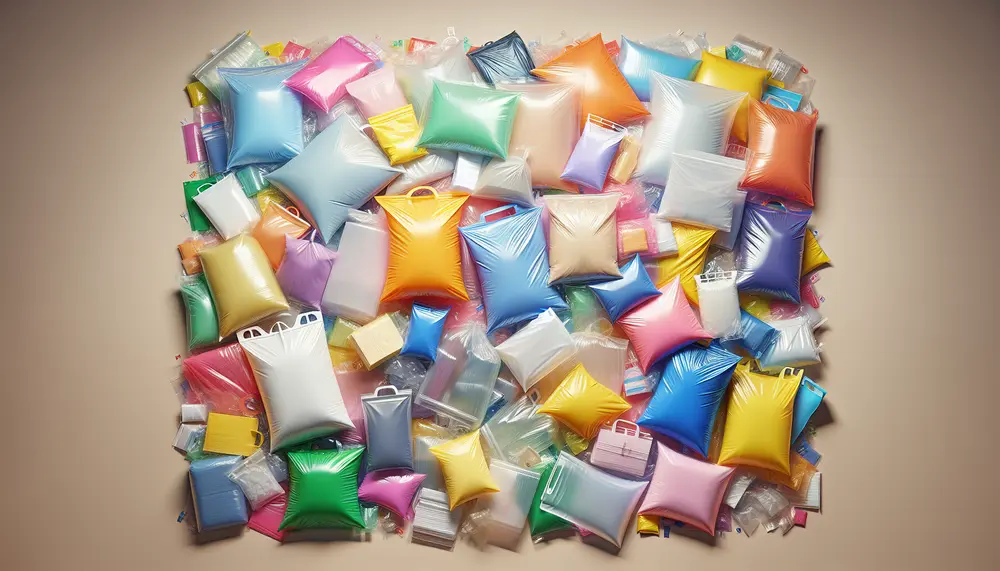
LDPE bags are versatile and durable packaging solutions made from Low-Density Polyethylene, suitable for a wide range of applications including food packaging, medical supplies, retail merchandise, industrial parts, and agricultural products. They offer benefits such as cost efficiency, protective qualities...
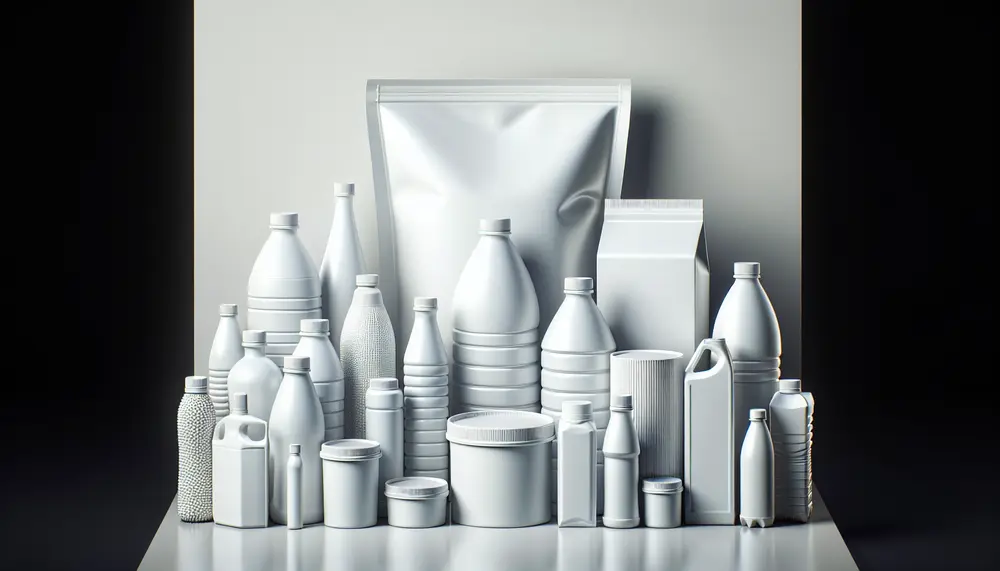
HDPE packaging is valued for its durability, lightweight nature, and resistance to environmental factors. It's versatile in shape and size customization, cost-effective during transport due to its light weight, and environmentally friendly as it's 100% recyclable. High-density polyethylene (HDPE) is a...
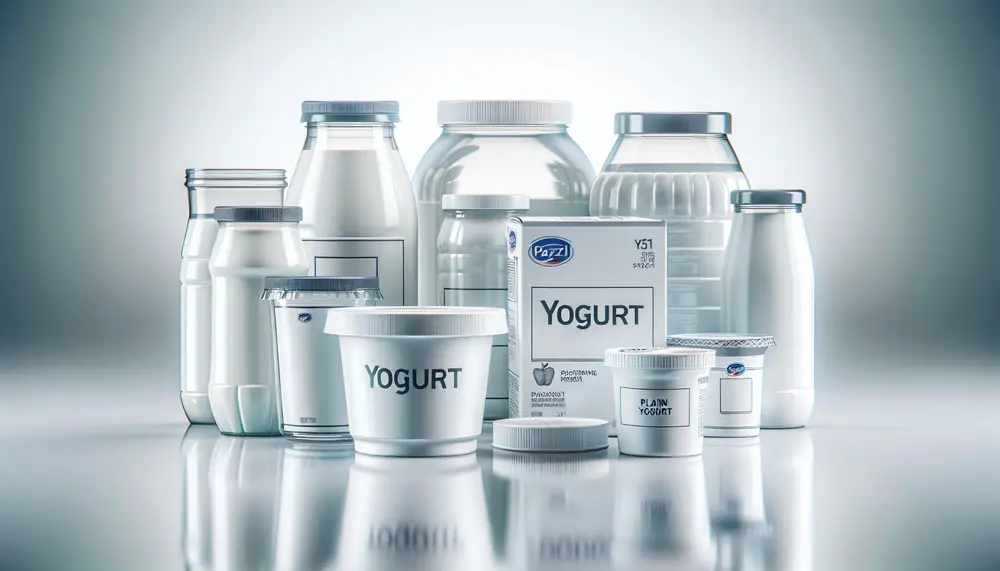
The article discusses the significance of yogurt packaging materials in preserving quality, extending shelf life, and marketing. It highlights various types of packaging like glass, plastic, composites, eco-friendly alternatives, and metal containers with their respective properties. Packaging choices for yogurt impact...
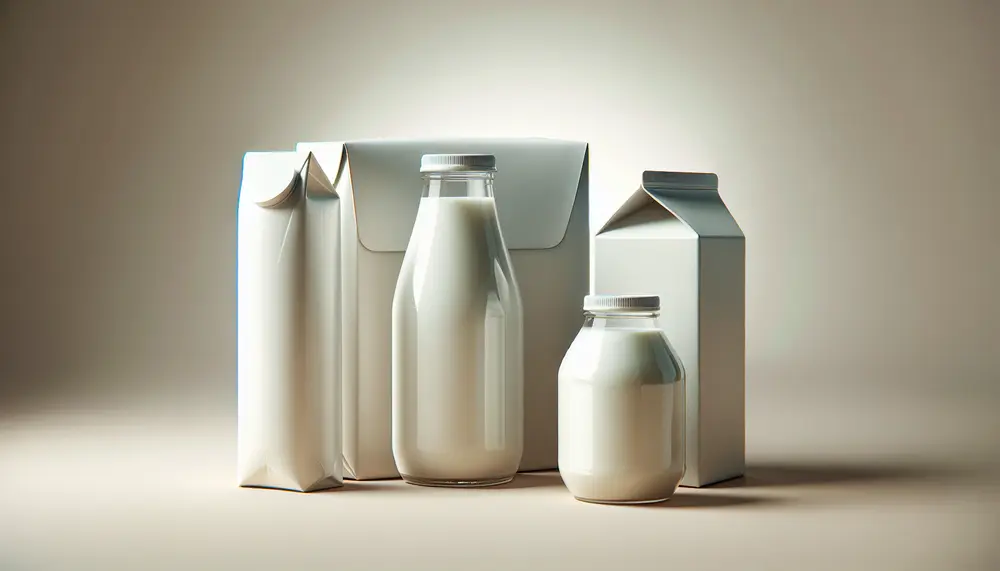
This article discusses the evolution and variety of milk packaging materials, highlighting their role in preserving milk's freshness, taste, and nutrition. It covers historical advancements from glass bottles to modern sustainable options, examining each material's benefits and drawbacks for consumers...
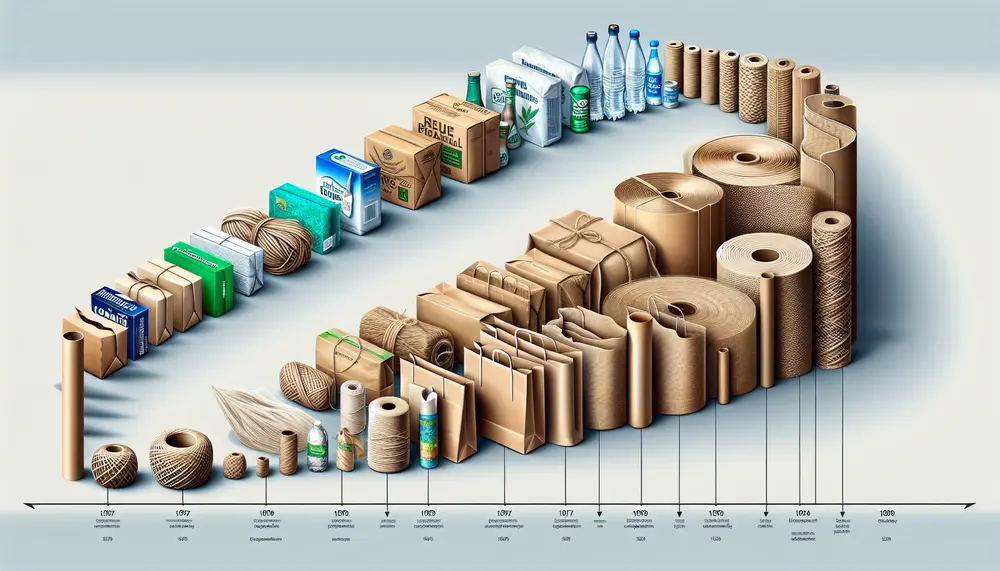
Packaging is a complex, engineered process for product protection, presentation, and preservation with functions including containment and information. It has evolved to incorporate user experience, environmental considerations, and technological advancements. Historically packaging materials have advanced from natural resources to modern lightweight...
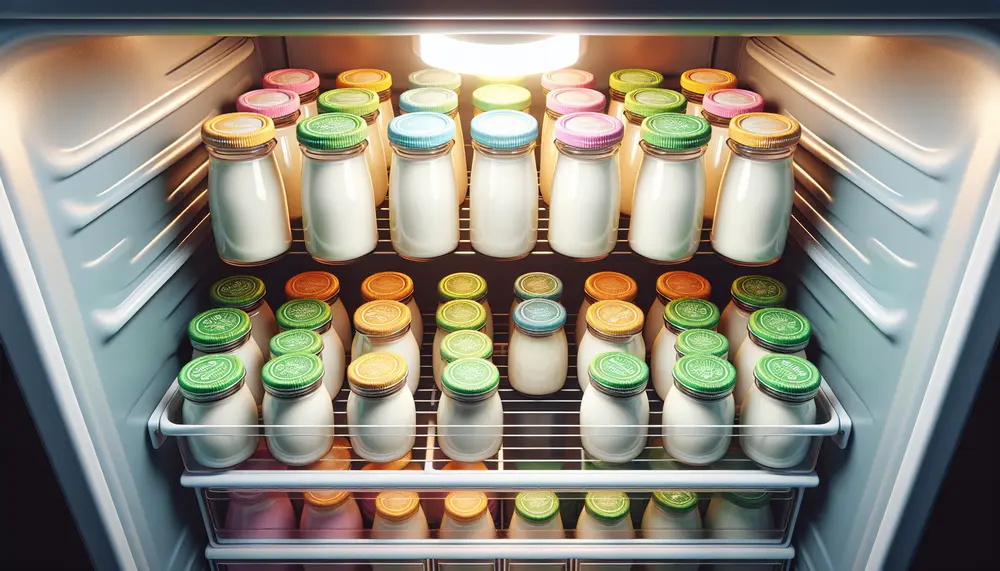
Yogurt packaging is essential for maintaining freshness, quality, and safety; it requires an effective barrier against oxygen and light, strength during transportation, regulatory compliance for food contact, and advanced sealing technology. Innovations in the market include smart features like freshness...
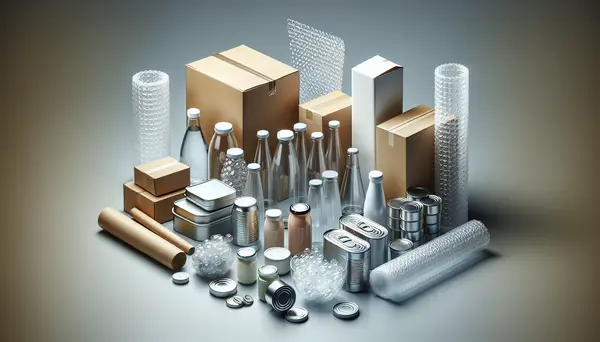
Packaging plays a crucial role in marketing, serving as the initial contact point between consumers and brands. It not only protects the product but also communicates its story, reflects brand identity, influences purchase decisions through design and functionality, attracts attention...

